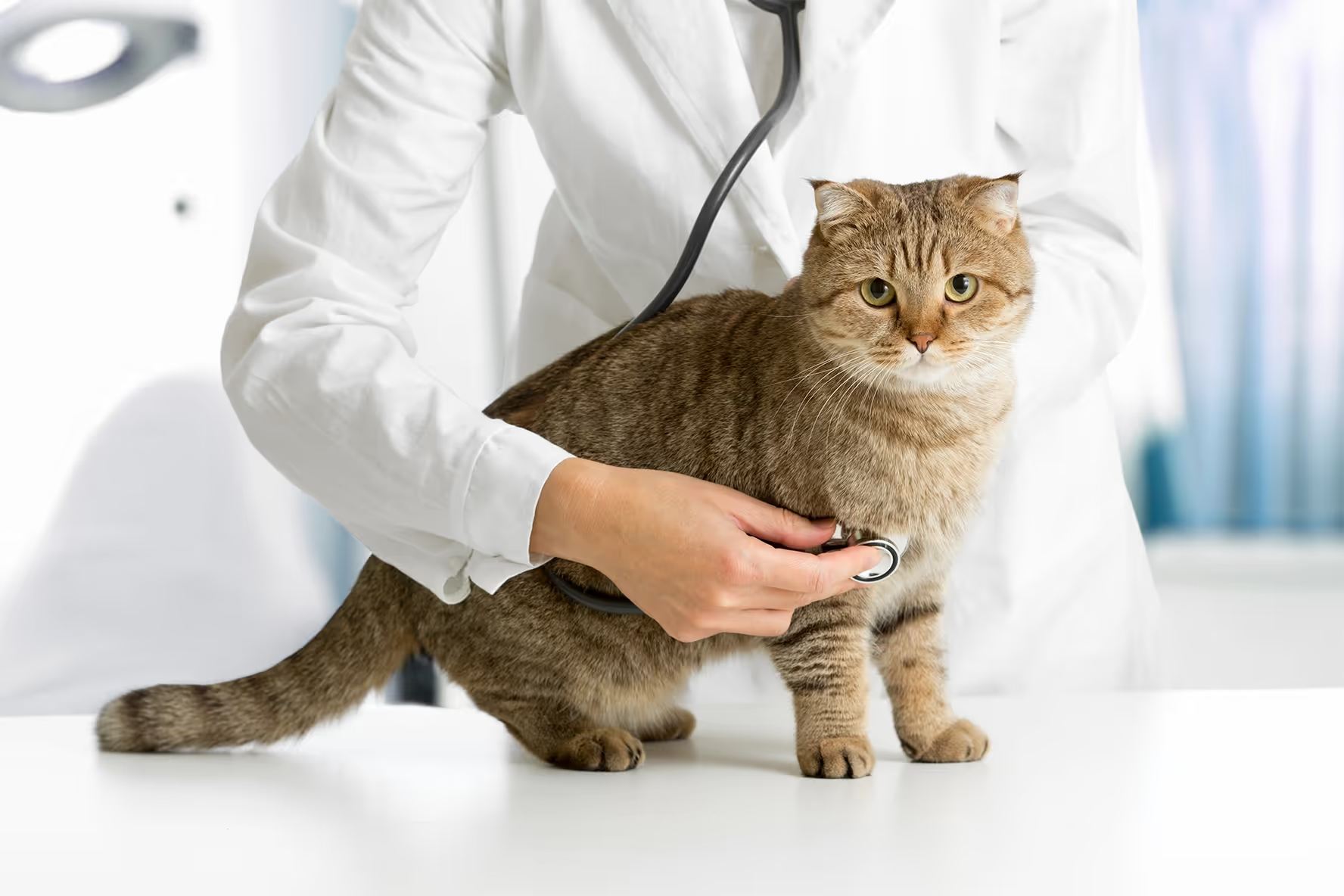
Taking care of your senior dog is a priority; being able to extend their lifespan and quality of life to the best of your ability is any pet parent’s goal. Adjusting their food and nutrition based on their stage of life can make a great impact on your pet’s life and keep them happy and healthy for longer.
What qualifies as a senior dog?
There are two different types of senior dogs and they both require different nutrition. “Mature dogs” are in the first stage of elderly life and “geriatric dogs” are in a later stage. Smaller dogs are considered mature when they are 8-9 years old and larger dogs are considered mature when they are 5-7 years old depending on the breed. It is at this point in their life that your pet typically starts to show signs of aging. You might notice a little gray in their face, or perhaps they are more easily tired out after a walk.
Mature dogs are going through a change in metabolism where their body is starting to have a harder time processing calories, and those calories are being more regularly stored as fat. As a result of these changes, dogs in this stage tend to have a chunkier appearance.
The geriatric stage is when the body really starts to slow down. Typically, dogs in the geriatric stage are the older dogs that you see that look like they don’t have very much muscle mass and are very skinny.
It’s easy to see why these two stages require different nutrients.
Feeding a Senior Dog
As time goes on our bodies change. It’s no surprise that the same things happen to our dogs. As they get older their senses change, their taste in foods change, and their digestion changes. Keeping in mind the struggles that those changes can create will allow for a smoother transition from adult dog to senior dog.
As dogs get older their needs change, for example, senior dogs were found to need twice as much protein as a puppy of the same breed. The body uses the nutrients differently and while you would think a puppy would need more protein to be able to grow up strong, an older dog’s body needs more to be able to maintain its momentum. Even with regular and consistent exercise, a senior dog’s body is bound to lose muscle mass, which over time means their body has less protein reserves. Dogs are a mammal that draws a majority of its energy from protein, as those reserves drop lower, so do the dog’s energy levels. To keep your older pooch up and running, extra protein is incredibly helpful. Ask your vet about a higher protein option to the food you are currently feeding your dog.
Older dogs also have the tendency to lose their appetite. It’s not beneficial to use the mentality of “they’ll eat when they get hungry enough” on an older dog. Senior dogs can lose their appetite entirely and if you follow this mindset, your pet may go days without eating. Increasing the palatability of the dog’s food is important. Make it something they can’t turn away from.¹
Older dogs' senses weaken as time goes on, and as a result, their sense of smell is often not as strong as it was in their youth so foods that would always excite them in the past may not have the same effect anymore. There are a bunch of ways to get around this and boost their appetite and excitement for their food. The easiest would be to heat the food that you are giving them. Dry food doesn’t have a very strong aroma but when warmed or moistened with warm water, the smell releases easier and can build a senior dog’s appetite back up for the meal.
Nutrients for different senior dog stages
While the dietary needs are very similar for all stages of a dog's life, the quantity of food changes as they move from puppy to adult to mature to geriatric. Making sure to address the needs of your dog based on their age is really important for their health.
Mature stage
Dogs in the mature stage of life need fewer calories. Their body isn’t processing the calories the same way that it used to and typically leads to them putting on extra weight. It was found in a study on mature dogs that they need 20% less calories in order to maintain the same weight they had been in their younger years.² Pet parents can take this into consideration by taking out a fifth of the serving of food they feed their mature dog away and paying attention to their dog’s hunger levels and weight changes.
It also has been suggested that increasing the number of amino acids—which can be found in red meat, fish, chicken, and dairy products—can help a mature dog’s body continue using fat for energy rather than storing it.²
Geriatric stage
Pet parents have more to pay attention to when dogs are in the geriatric stage. Dogs should be receiving high calorie meals that are high in both protein and fiber. About 25% of calories should come from protein to make sure that the meals are the most beneficial.
Fiber in the diet is helpful for digestion. As the dog gets older, their body has to work harder to process their food and maintain their body. A high-fiber diet can aid digestion in your geriatric dog and help them to get the nutrients that they need.²
Adding in a prebiotic and a probiotic supplement can be helpful with the increase in fiber. The combination helps to break down fibers more efficiently and help digestion be more efficient. Probiotics help digestion by creating good bacteria in the digestive tract, prebiotics are the food for the probiotics. The more prebiotics in your dog’s diet, the more work the probiotics do and your dog’s digestion will be a smooth process. Be sure to ask your vet what the best supplement and amounts would be beneficial for your dog.⁵ ⁶
Some geriatric dogs will have trouble actually performing the task of eating, due to dental health issues for example, but there are still several ways that you can help to ensure they are getting enough nutrients. Some older dogs will not have the energy to stand and bend down to eat from their bowl. To make sure that they eat often and enough, some pet parents will feed their dogs on a raised stand: this puts less pressure on the dog’s neck as they eat, and helps to prevent the digestive issues that come from eating while laying down. Another method would be to hand feed them their meal, that way you know they are consuming their serving. It is important to keep track of when your pet eats, as well as how much they eat, so you can be sure they're getting enough nutrients for good health.
Talk to your vet and stay away from non-traditional diets
Following a specific diet is important to make sure that your senior dog is getting all of the nutrients that they need. Avoid taking any pet diet advice from someone who is trying to sell you pet food. They will automatically draw the attention to what their food is doing well, rather than what your pet actually needs.
During your dog’s senior years, it is a great idea to get advice on nutrition from your veterinarian. They will recommend something more directly related to your dog’s needs than any pet food company will.
Stay away from “trendy” diets for your senior dog, your pup has reached a point in their life that they deserve the best and their body needs the best. A trendy diet for humans like a vegan or vegetarian diet will not benefit them in the long run unless explicitly given as an option by your vet. Vegan dog food companies will market their foods as being filled with the necessary nutrients but they are often off when it comes to the correct ratios. A senior dog needs more protein than an adult dog, and processed vegan dog foods often do not contain enough protein.³ ⁴
Be sure that any time you want to develop a new diet plan with your dog you discuss it with your vet first to make sure that it is safe for your pet’s needs and stage of life.
Learn more about Senior Dog Care with ImpriMed’s informational blog series.
REFERENCES:
- https://www.akc.org/expert-advice/nutrition/nutritional-needs-for-senior-dogs/
- https://www.akc.org/expert-advice/nutrition/how-to-feed-the-senior-dog/
- https://www.abc.net.au/news/2019-04-07/can-your-pet-become-vegan/10969616#:~:text=However%2C%20dogs%20still%20need%20an,vitamin%20D%20and%20B%20deficiencies
- https://blog.whyanimalsdothething.com/post/155039606147/why-vegan-diets-will-kill-your-cat-and-sicken
- https://www.akc.org/expert-advice/nutrition/probiotics-for-dogs/
- https://vetericyn.com/blog/prebiotics-for-dogs-what-are-they-and-what-do-they-do/


